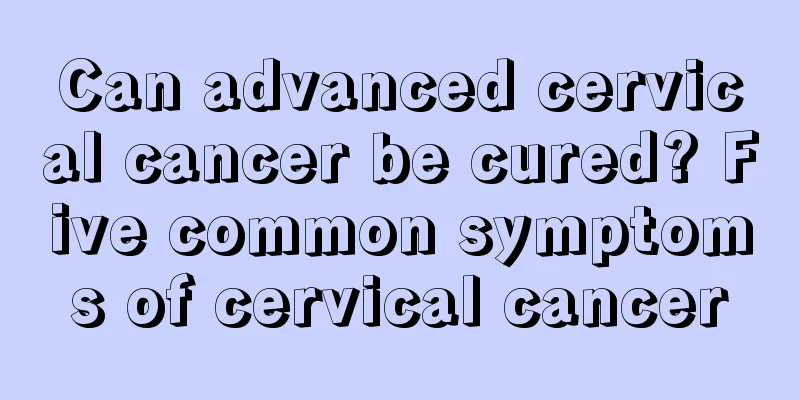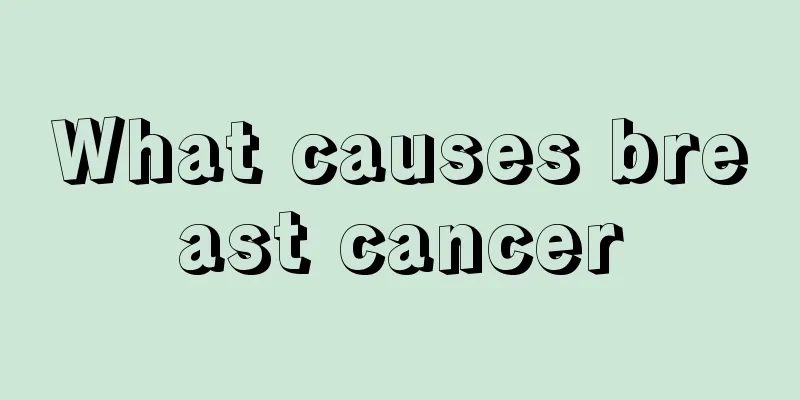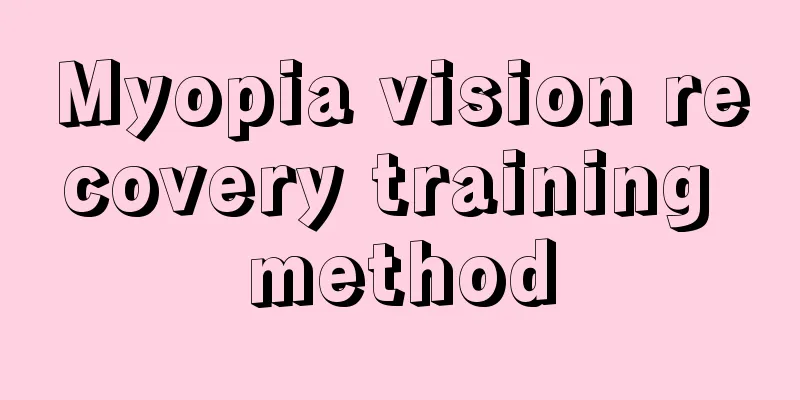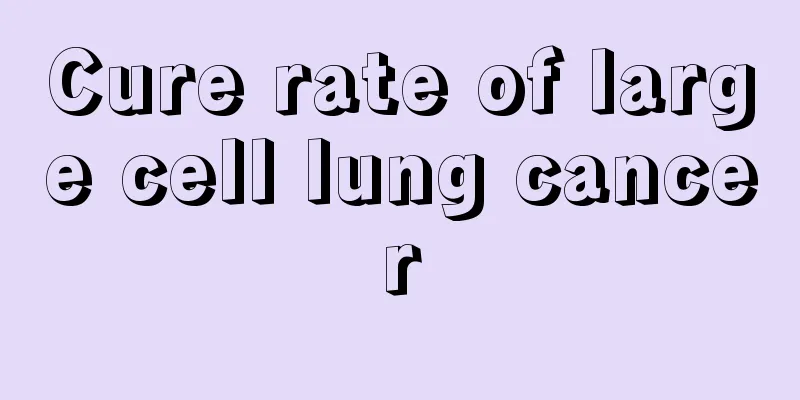Commonly used chemotherapy drugs for nasopharyngeal carcinoma

|
What are the commonly used chemotherapy drugs for nasopharyngeal carcinoma? Since the recurrence and metastasis rate of nasopharyngeal carcinoma is very high, chemotherapy is widely used in the treatment of nasopharyngeal carcinoma. This article will introduce you to the chemotherapy drugs for nasopharyngeal carcinoma. I hope it will be helpful to you. Bleomycin The complex of bleomycin and iron is embedded in DNA, causing single-strand and double-strand breaks. It does not cause RNA chain breaks. The first step of action is that the dithiocarbazine ring of this product is embedded between the GC base pairs of DNA, and at the same time, the positive charge of the terminal tripeptide amino acid interacts with the phosphate group of DNA to unwind it. The second step of action is that the complex of this product and iron leads to the generation of superoxide or hydroxyl free radicals, causing DNA chain breaks. Nimotuzumab Nimotuzumab is a transmembrane glycoprotein with a molecular weight of 170KD, and its intracellular region has special tyrosine kinase activity. In vivo and in vitro studies have shown that Nimotuzumab can block the binding of EGFR to its ligands, and has anti-angiogenesis, anti-cell proliferation and pro-apoptosis effects on tumors with overexpression of EGFR. Boanmycin Hydrochloride Boanmycin has a very significant inhibitory effect on a variety of mouse transplanted tumors, including sarcoma 180, liver cancer, Ehrlich carcinoma (solid type), esophageal cancer SGA-73 and melanoma HP, with a tumor inhibition rate of 85-90%. In vitro tests have a significant killing effect on several human cancer cell lines, among which the strongest killing effect is on liver cancer BEL-7402 cells. Boanmycin has a significant inhibitory effect on human liver cancer, gastric cancer and colon cancer transplanted in nude mice, with a tumor inhibition rate of 74%-90%. The LD50 of this product for a single intravenous and intramuscular administration to mice is 97.8mg/Kg and 70.5mg/Kg, respectively. After long-term administration to dogs and rats, 5-fluorouracil Since 5-FU is the first anti-metabolite synthesized according to a certain concept and is currently the most widely used anti-pyrimidine drug in clinical practice, it has a good therapeutic effect on digestive tract cancer and other entities, and occupies an important position in the treatment of oncology. This product needs to be converted into 5-fluorodeoxyuridine nucleotide by enzymes to have anti-tumor activity. 5-FU inhibits DNA synthesis by inhibiting thymidine nucleotide synthetase. The action of this enzyme may transfer the one-carbon unit of formyltetrahydrofolate to deoxyuridine nucleoside-phosphate to synthesize thymidine nucleic acid monoacid. 5-FU also has a certain inhibitory effect on RNA synthesis. 5-FU can be injected intravenously and intracavitary. Cisplatin Cisplatin has a broad anti-cancer spectrum, strong effects, synergistic effects with a variety of anti-tumor drugs, and no cross-resistance. It is one of the most commonly used drugs in current combined chemotherapy. In addition to being used in combination with commonly used chemotherapy drugs, it is currently more commonly used in combination with traditional Chinese medicine, such as the combination with modern anti-cancer Chinese medicine Hu Ming Su, which can play a good role in traditional Chinese and Western medicine and has a more obvious effect. Cisplatin is a heavy metal complex with divalent platinum combined with two chlorine atoms and two ammonia molecules at the center. It is similar to a bifunctional alkylating agent and can replicate with DNA. DDP cells are most sensitive, and high concentrations inhibit RNA and protein synthesis. This product acts on hypoxic cells and can diffuse through the charged cell membrane after entering the human body. It is currently believed that the main site of action of DDP is the purine and pyrimidine bases of DNA. The side effects of chemotherapy for nasopharyngeal carcinoma are undoubtedly quite large, and its application still needs further research. We also hope that further research can bring hope to nasopharyngeal carcinoma patients. |
<<: Can nasopharyngeal carcinoma be cured in the early stages?
>>: What herbal medicine is good for nasopharyngeal cancer
Recommend
Immunotherapy for kidney cancer treatment
Kidney cancer is a common malignant tumor disease...
How harmful is hair transplant?
Nowadays, more and more people are suffering from...
How long can patients with advanced pancreatic cancer live? Rarely more than 12 months
Pancreatic cancer is usually diagnosed at an adva...
Why do we need to check the clavicular lymph nodes for breast cancer
The purpose of breast cancer examination of clavi...
What is the best treatment for cervical cancer? What are the common treatments for cervical cancer?
What is the best treatment for cervical cancer? T...
What causes chest pain at night
For friends who experience chest pain at night, t...
What are the main symptoms of lung cancer? Beware of these common symptoms of lung cancer
Some people place their hopes of curing lung canc...
Time to take medicine
When patients are sick, they need to take a lot o...
How to relieve coccyx pain? These little tips will help you solve
In daily life, long-term sitting or overwork will...
What to do if you have acne
The fast-paced life and the lack of attention to ...
How effective is endocrine therapy for breast cancer
The biggest feature of breast cancer is that its ...
Dietary taboos for breast cancer patients
There are no special dietary taboos for breast ca...
The etiology and pathogenesis of osteosarcoma in traditional Chinese medicine and western medicine
With the development of medicine, the survival ra...
Hallux valgus correction exercise method
The symptom of hallux valgus is best corrected be...
How to reduce the large pores on the face
Large facial pores are quite common. Large facial...









